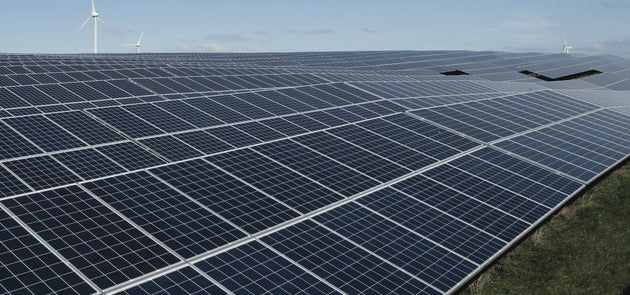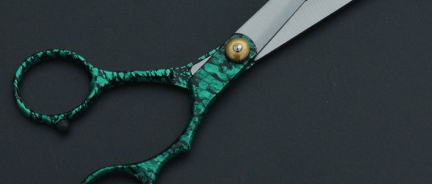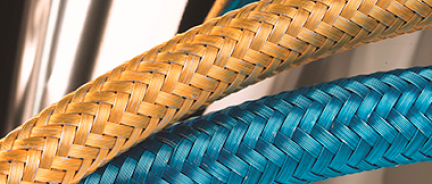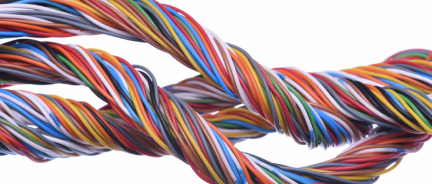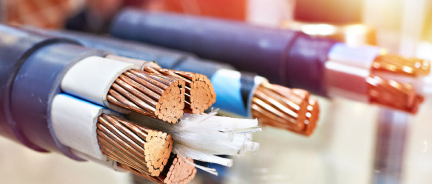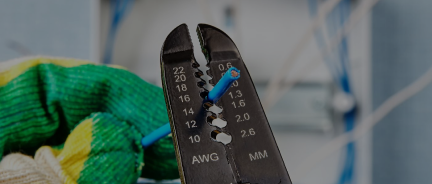Outlet vs. Receptacle: What’s the Difference?
The main difference between an outlet and a receptacle is that an electrical outlet is the location on the wiring system where power is supplied, while a receptacle is the device that can be installed at that outlet to allow equipment to be plugged in. Let's break it down.
What Is an Electrical Outlet?
An electrical outlet, as defined in NEC Article 100, is “a point on the wiring system at which current is taken to supply utilization equipment.”
In simple terms, it’s any location where electricity is made available for use, whether to power a light, an appliance, or a device through a plug.
The term “outlet” is broad. It refers not to the device itself, but to the physical point in the circuit where energy leaves the wiring system and is made available to electrical equipment. It is a termination point, not a device, and may serve various types of loads. Outlets include not only receptacle outlets but also lighting outlets and appliance outlets. For example, the ceiling box that powers a chandelier is a lighting outlet, while the junction box behind a dishwasher may be an appliance outlet.
What Is an Electrical Receptacle?
A receptacle is a contact device installed at an outlet to allow plug-in equipment to connect to the electrical system. The NEC (Article 100) defines it as “a contact device installed at the outlet for the connection of an attachment plug.”
To clarify:
-
Outlet = the electrical access point in the wiring system.
-
Receptacle = the device mounted at that point which accepts a plug.
Receptacle vs. Receptacle Outlet:
-
A receptacle is the physical device.
-
A receptacle outlet is a receptacle installed at an outlet.
The outlet is the wiring point; the receptacle is the plug-in access point. Together, they form a receptable outlet. A junction box feeding a light fixture is an outlet, but not a receptacle outlet. A wall-mounted duplex receptacle installed at an outlet becomes a receptacle outlet.
Common Cables Used in Outlets and Receptacles
-
NM-B Cable (Non-Metallic Sheathed Cable)
-
Most common in residential indoor wiring
-
Used for receptacle outlets and other general-purpose wall and ceiling outlets
-
Typical sizes:
-
MC Cable (Metal-Clad Cable)
-
Has a metal armor for enhanced physical protection
-
It is often used for receptacle outlets in commercial buildings and other locations where NM-B is not allowed.
-
UF-B Cable (Underground Feeder Cable)
-
Moisture-resistant and rated for direct burial
-
Used for outdoor or underground receptacle outlets (e.g., garden boxes, detached garages)
-
THHN/THWN Conductors in Conduit
-
Individual wires run in EMT, PVC, or flexible metal conduit. Used not just for receptacle outlets, but for lighting and appliance outlets as well.





